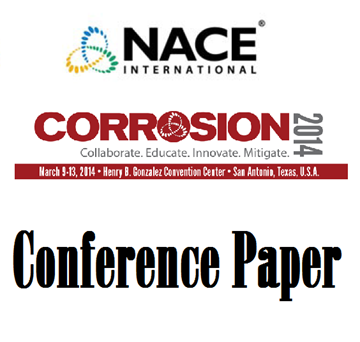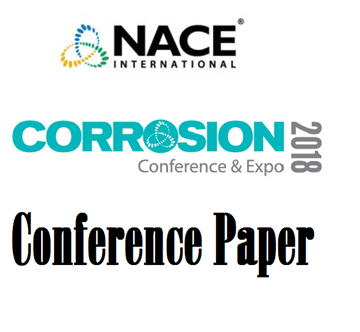Search
03102 LIMITATIONS OF 17- 4 PH METALLURGICAL, MECHANICAL AND CORROSION ASPECTS
Also Purchased
51314-4298-Failures of 17-4 pH Steel Parts in Non Sour Enviroments
Product Number:
51314-4298-SG
ISBN:
4298 2014 CP
Publication Date:
2014
$20.00
51318-11163-Evaluation of Corrosion of Austenitic Steels and Comparison with Martensitic Stainless Steel 17-4
Product Number:
51318-11163-SG
Publication Date:
2018
$20.00
03090 ISO 15156/NACE MR0175 - A NEW INTERNATIONAL STANDARD FOR METALLIC MATERIALS FOR USE IN OIL AND GAS PRODUCTION IN SOUR ENVIRONMENTS
Product Number:
51300-03090-SG
ISBN:
03090 2003 CP
Publication Date:
2003
$20.00




